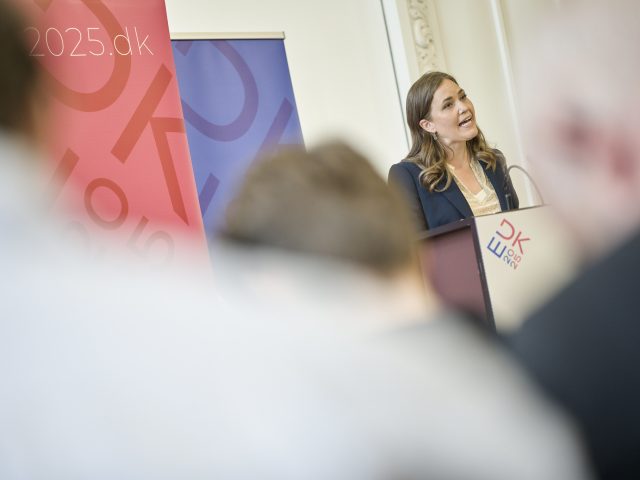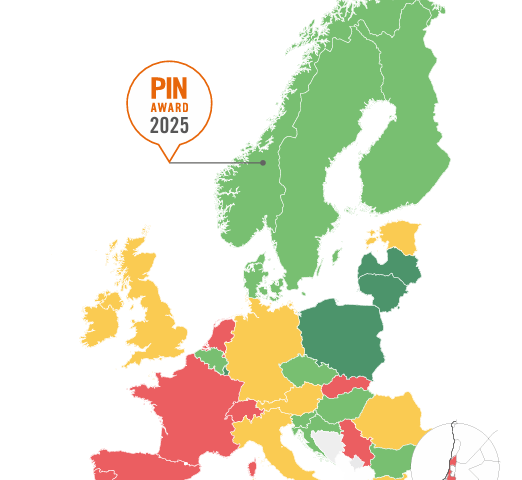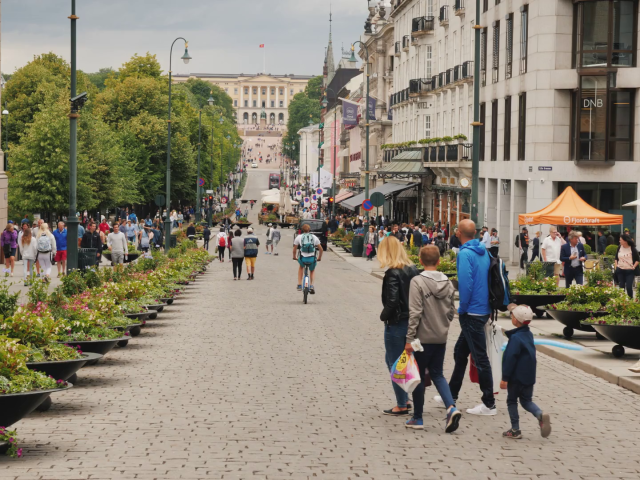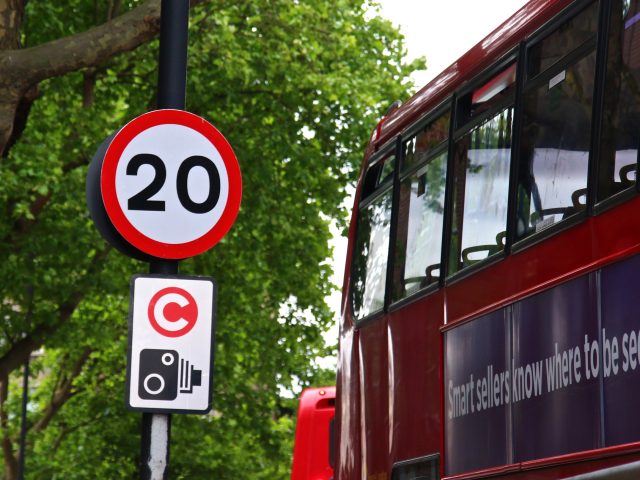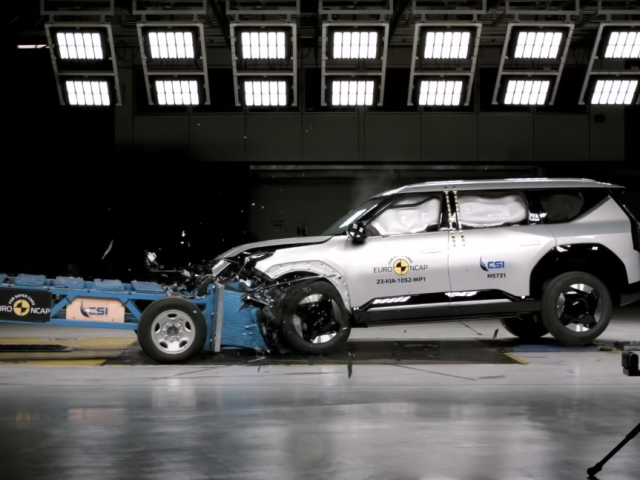Transport Accident and Incident Investigation in the European Union
Most serious, public transport accidents are investigated to a greater or lesser extent but, with some conspicuous exceptions, particularly with aviation, only a few are done with the aim of improving safety. Many have been investigated with the aim of apportioning blame or liability and although safety recommendations are often made, they frequently fail to identify some of the underlying causes of whatever went wrong.
An accident is rarely the result of a single event. More often, it is caused by a combination of unrelated events coming together. In many modes, the human element in this causal chain can be significant. When an accident occurs, it is normally the result of one or more shortcomings in the safety system. People rarely make mistakes deliberately, but will often do things that have serious consequences.
Today’s accident and incident investigation must focus on improving the safety of the system and aim to answer five questions:
- What happened?
- How did it happen?
- Why did it happen?
- What can be done to prevent a reoccurrence?
- What can be done to minimise accident consequences?
This briefing looks at the current situation within the EU for each transport mode and presents ETSC’s conclusions and recommendations.
Download
